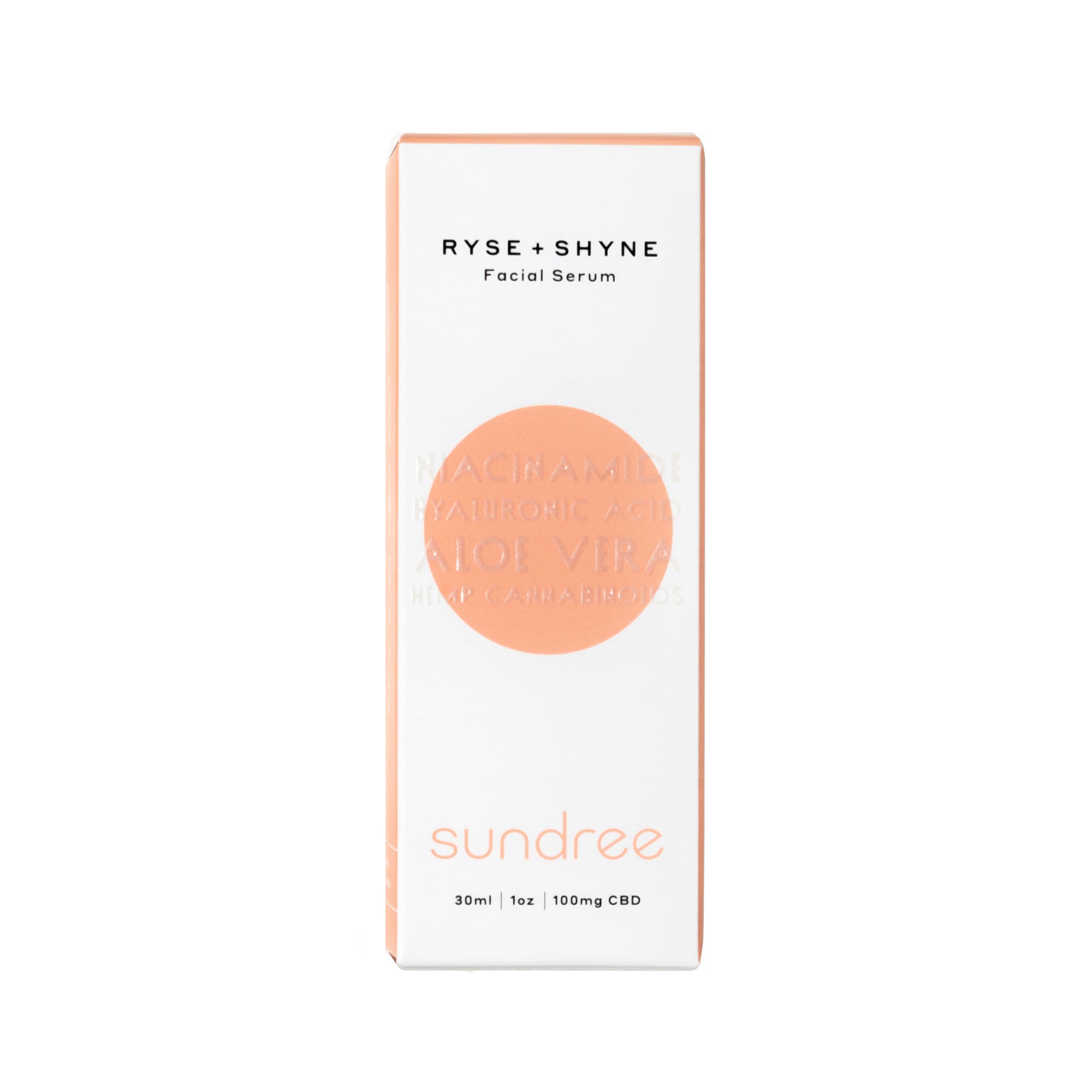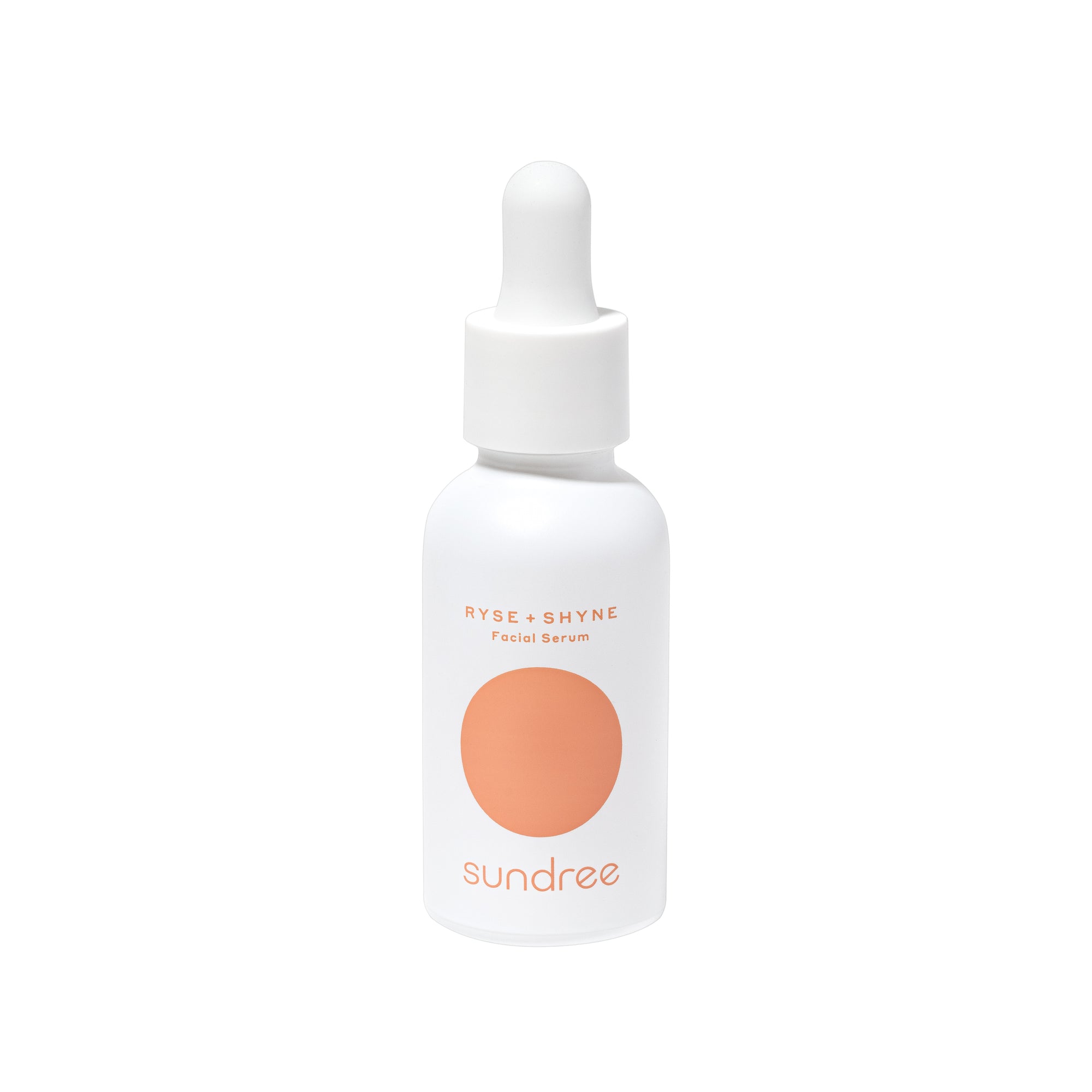The lymphatic system is a highly significant system of the body that makes up a vital part of the immune system.¹ Lymphatic drainage helps to keep the body clear of any impurities and draws lymphatic fluid into the bloodstream.
Lymphatic drainage performs various essential functions in the body to keep all the organs, including the skin, healthy. However, obstructed or slow lymphatic drainage can pave the way to many health and skin issues, affecting our bodies from the inside out. If you’re unfamiliar with how the lymphatic system works and how you can keep it functioning optimally, keep reading!
What is the Lymphatic System?
The vascular and lymphatic systems are the two main branches of the circulatory system in our body. The lymphatic system is sometimes called the body’s second “circulatory system.”² Due to their structural and functional similarities, the connection between these systems aids in transporting blood and lymphatic fluid in the body. When the lymphatic system is in optimal health, it helps maintain a healthy immune function of the body.
The immune-boosting action of the lymphatic system comes from its ability to draw out waste material, transport macromolecules around the body, and sustain a healthy fluid and protein balance required for the body’s repair and healing process. A healthy and fully functioning lymphatic system is the key to a healthy body and skin. If any factors disrupt the function of the lymphatic system, toxic chemicals, bacteria, and excess fluid can accumulate in the body, causing health and skin issues.
The Structure of the Lymphatic System
Lymphatic vessels, lymph nodes, and lymph or fluid make up the structure of the lymphatic system. Lymph nodes are glands located at different spots in the body that help carry bodily fluid, wastes, and nutrients across the body. There are around 600 small lymph nodes in our bodies. Lymphatic fluid move from the circulatory system to our connective tissue daily. The vessels in the lymphatic system collect this fluid. This system of the body works to drain bodily fluid called lymph through the network of hundreds of lymph nodes across the body. The drained fluid is sent back into the bloodstream. The lymphatic system also helps to eradicate bodily wastes that can otherwise collect in the body. Another function of the lymphatic system is transporting white blood cells throughout the body, helping to prevent infections and fight various diseases.
The Divisions of the Lymphatic System
The lymphatic system is categorized on the basis of its superficial and deep layer divisions. Both these layers are divided by fascia. The superficial fragment of the lymphatic system works on the exterior structures and helps lymph drainage from the tissue. The deep lymphatic network draws out fluid from the joints, muscles, tendons, and nervous tissue. The structure of the cutaneous tissue and its vessels allows the clearance of lymphatic fluid. The lymph vessels drain the lymphatic material.
Lymphatic Drainage and the Health
Lymphatic drainage also plays a vital role in keeping other systems and organs of the body in their best health and shape by reducing inflammation throughout the body.
As mentioned earlier, lymphatic fluid moves through the structures of the lymphatic system and carries harmful and toxic agents out of the body. Like microcirculation, lymphatic fluid also constantly flows through the vessels because if it stops, the lymphatic fluid can build up in the body. This can lead to inflammation and puffiness in certain areas, also called lymphedema. Areas of the body commonly affected by slowed lymphatic drainage include the face, arms, legs, breasts, shoulders, and neck.
How to Improve Lymphatic Drainage in the Body
If you have lymphedema, you'll find relief from this condition when you use lymphatic massage. Lymphatic massage is sometimes part of a treatment called decongestive lymphatic therapy. DLT also comprises exercise, compression garments, and skincare products. All these components help to improve the flow of lymphatic fluid within the body. Lymphatic massage can help with the following problems:
- Swelling in the legs, feet, hands, and arms.
- Puffiness in other body parts, such as the face, shoulders, breasts, and groin.
- Relieves pain
Lymphatic Drainage and the Skin
Besides keeping the lymphatic fluid running throughout the body, the lymphatic systems can also effectively reduce and prevent many skin-related issues, especially if you have an inflammatory skin condition. When your lymphatic fluid isn’t moving properly, it can make your skin appear dull, puffy, and dehydrated. It can also cause your acne and inflammatory skin problems to worsen. The skin’s ability to receive and retain hydration and essential nutrients heavily depends on lymphatic drainage. A sluggish drainage causes the accumulation of toxins in the vessels, slows down cell repair and renewal, and obstructs the supply of blood to the skin. The fluid buildup can cause acne breakouts, rashes, and inflammatory skin problems.
How to Improve Lymphatic Drainage in the Skin?
When the skin is inflamed, overstimulation can cause more irritation. Lymphatic drainage techniques can help you relax and gently stimulate the lymph nodes to do their jobs, reducing inflammation. This can be achieved by increasing lymphatic flow and by doing deep tissue massage. Lymph nodes filter the fluid containing bacteria, viruses, and foreign substances. Blockage can mitigate the filtration process and increase the amount of toxins in the blood and lymph. This can only worsen your skin and lead to a number of problems in the long run. One of the most efficient and easiest ways of enhancing the flow of lymphatic wastes is by performing lymphatic massage. You can get a lymphatic massage done by a professional or do it yourself at home using different techniques to accelerate the flow of lymphatic fluid. Below are some of the benefits of lymphatic massage for the skin:
- Gets rid of bacteria, toxins, excess fluid, and other irritants.
- Reduces puffiness on the face
- Decreases and prevents wrinkles and fine lines.
- Boosts the flow of oxygen and nutrient-rich blood to the skin.
- Encourages faster cell repair and regeneration.
How is Facial Lymphatic Massage Done?
When you choose a qualified person to do your lymphatic massage, they’ll start by applying light pressure and using gentle movements using stroking or tapping motions. The next step is to gently stretch or massage your skin in specific directions (the direction of lymphatic flow) to target the affected areas and release lymphatic waste buildup. Some professionals incorporate a lymphatic facial into the treatment to enhance the results.
If you prefer to do your lymphatic massage yourself at home, here are the simplified steps to follow for your desired outcome:
- Get in a comfortable position that will allow you to do the massage more conveniently.
- Use the palm of your hand to apply gentle pressure to the different areas of your face, starting from your forehead. Stretch your skin or massage your forehead downward toward the lymph nodes in your neck. Keep repeating it with the rest of the areas of your face.
- Be particularly careful while massaging the gentle and thin skin around your eyes. Use your ring finger in a rolling movement to massage towards the lymph nodes behind your ears or in the neck.
- Repeating the massaging movements several times in each area of the face is recommended.
Sundree’s Cooling Facial Globe is a fantastic tool with tons of benefits! It can be used anytime to refresh the skin. It’s best used when combined with serums and creams. To lift and tighten, use the facial globe to gently massage the face in an upward motion.³ To encourage lymphatic drainage, gently move in downward movements. This facial globe can be used on the forehead, under eyes, cheeks, and facial outline.
Final Thoughts
The lymphatic system is regarded as one of the two vital systems of the body, the other one being the circulatory system. Lymphatic drainage is essential in preserving the body's and the skin's health. However, the process of draining lymphatic wastes can be obstructed for various reasons, leading to many health and skin problems. Numerous ways to improve lymphatic drainage include exercise, massage, deep breathing, compression garments, and skincare products. Lymphatic drainage is a quick and easy process of relieving swelling, inflammation, and other issues caused by a hindrance in lymphatic drainage.
Citations:
- Cleveland Clinic. (2020). ‘Immune System’, Cleveland Clinic, Accessed May 4, 2023. Available at: https://my.clevelandclinic.org/health/articles/21196-immune-system
- Buckley, Gabe. (2021). ‘Circulatory System’, Biology Dictionary, Accessed May 4, 2023. Available at: https://biologydictionary.net/circulatory-system/
- S. Brooklyn. (2021). ‘What’s the Buzz About Cooling Facial Globes’, Sundree, Accessed May 5, 2023. Available at: https://sundree.com/blogs/news/whats-the-buzz-about-cooling-facial-globes














